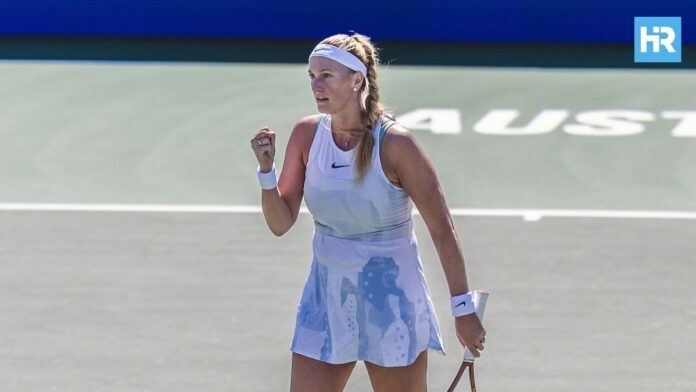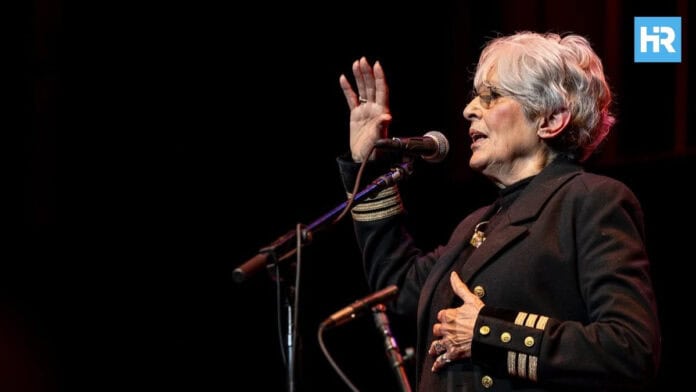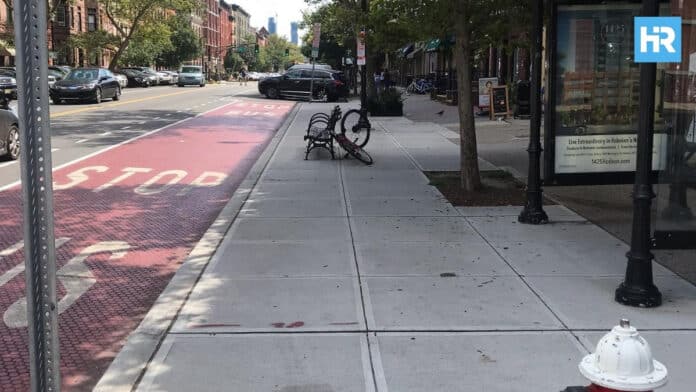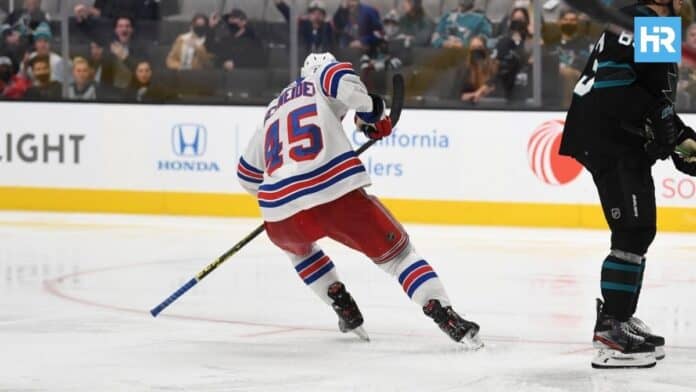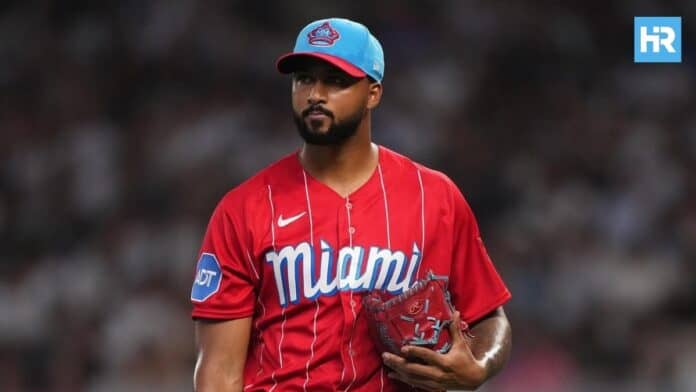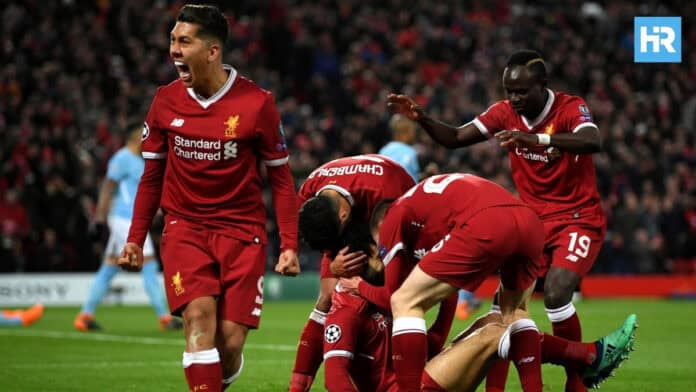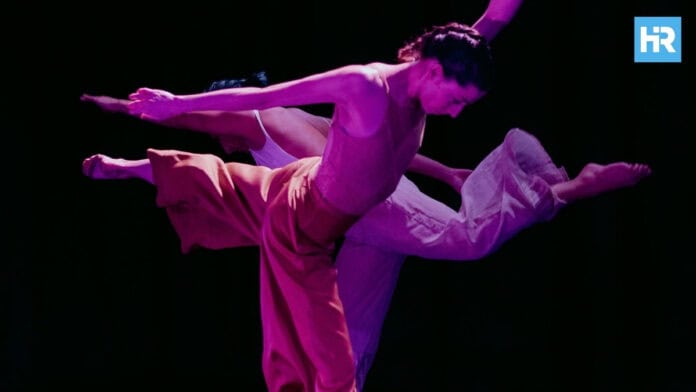The rivalry between Liverpool and Manchester United is the most well-known in English football, going back more than 130 years and connecting generations of fans, players, and managers. Every time the two clubs meet, the game carries meaning far beyond the league table. The match is a contest of pride, identity, and long-standing history between two of the most successful football clubs in England.
The atmosphere at Anfield and Old Trafford during this fixture is electric. The games bring out passion, pressure, and strong emotions, to the point supporters treat this match as one of the most significant moments in football.
Key Takeaways
- Liverpool and Manchester United have played 242 matches; United has 91 wins, Liverpool 81, with Liverpool losing only four times in the last 19 meetings since 2016.
- The rivalry began in 1894, tied to the opening of the Manchester Ship Canal, which triggered lasting economic conflict between the cities.
- In 2025, Liverpool leads the Premier League under Arne Slot; Manchester United sits 14th, with Ruben Amorim acknowledging possible relegation.
Where the Rivalry Began
The conflict between Liverpool and Manchester started in the 19th century. Manchester became known for its factories and textile industry. Liverpool operated one of the busiest seaports in Britain. The two cities depended on trade, but competition grew over time.
In 1894, Manchester completed the Manchester Ship Canal. This new route allowed goods to be delivered straight into Manchester without passing through Liverpool’s docks. This reduced Liverpool’s role in national trade and created strong resentment between the two cities.
That same year, in 1894, the football teams played each other for the first time. Manchester United, known then as Newton Heath, defeated Liverpool 4-0 – a match that began a rivalry that continues with full strength today.
Matches, Wins, and Historic Results
Liverpool and Manchester United have played 242 official matches. Manchester United has won 91 games, Liverpool has won 81, and 70 matches have ended in draws. United has a narrow lead in the overall record, but recent meetings have favored Liverpool.
In recent years, Liverpool has dominated. Since March 2016, they have lost only four times in 19 matches against United, and they won a few of them by a huge margin. For example, on 5 March 2023, Liverpool defeated Manchester United 7-0 at Anfield. Mohamed Salah, Cody Gakpo, and Darwin Núñez each scored two goals, and Roberto Firmino added the seventh. Salah became the top scorer in the fixture’s history, with 14 goals against Manchester United.
Matches That Made History
The fixture has seen several unforgettable moments. In 1994, Manchester United led 3-0 at Anfield, but Liverpool responded with three goals to end the match in a 3-3 draw. Neil Ruddock scored the late equalizer.
In 2009, Liverpool beat United 4-1 at Old Trafford. Cristiano Ronaldo scored first, but Liverpool responded with goals from Fernando Torres, Steven Gerrard, Fabio Aurelio, and Andrea Dossena. Gerrard celebrated by kissing the pitch-side camera, an image that became iconic.
In 1999, Manchester United faced Liverpool in the FA Cup. They were losing 1-0 but came back with late goals from Dwight Yorke and Ole Gunnar Solskjær to win 2-1. That season, United won the treble—Premier League, FA Cup, and Champions League.
In 2021, Liverpool won 5-0 at Old Trafford. Salah scored a hat-trick, becoming the first visiting player to do so in the Premier League era. Manchester United’s defense struggled, and Paul Pogba received a red card just minutes after coming on.
Each of these matches has become part of the rivalry’s deep history, with fans on both sides remembering the results for years.
The Players and Coaches Who Shaped the Rivalry
Over the decades, both clubs have developed world-class players.
For Manchester United, the most famous include:
- Sir Bobby Charlton
- George Best
- Ryan Giggs
- Roy Keane
- Cristiano Ronaldo
For Liverpool, some of the greatest are:
- Kenny Dalglish
- Steven Gerrard
- Ian Rush
- John Barnes
- Mohamed Salah
Right now, Bruno Fernandes is Manchester United’s captain, and Virgil van Dijk is Liverpool’s captain.
Each club also had legendary managers. Manchester United had Sir Alex Ferguson, who led the team to 13 league titles. Liverpool had Bill Shankly, Bob Paisley, and Kenny Dalglish. More recently, Jürgen Klopp brought Liverpool back to the top, winning the Premier League in 2020.
Klopp left the club in 2024, and Arne Slot took over. So far, Slot has led Liverpool to the top of the table with 14 wins in 18 games.
At Manchester United, the story is different. Since Ferguson’s retirement in 2013, the club has had many managers: David Moyes, Louis van Gaal, José Mourinho, Ole Gunnar Solskjaer, Erik ten Hag, and now Ruben Amorim. None have matched Ferguson’s success.
Club Situations in 2025
As of 2025, Liverpool is six points ahead in the Premier League and doing well in the Champions League and League Cup. The club’s owners, Fenway Sports Group, have managed the team with a long-term plan. Smart signings like Salah, Van Dijk, and Alisson have helped build a strong, consistent team.
Liverpool also hired Michael Edwards as their sporting director. He helped shape their smart transfer strategy and returned recently to help with the transition after Klopp’s departure.
Manchester United’s situation is less stable. Since 2005, the club has been owned by the Glazer family, and their time as owners has seen regular fan protests. In 2023, British billionaire Jim Ratcliffe bought a minority stake and took over football operations. But progress has been slow.
Ruben Amorim, the current manager, has lost six of his first eight games. The team is in 14th place, only seven points above the relegation zone. Amorim recently admitted, “It is a possibility” when asked if the club could be in a relegation fight.
Though United has spent heavily in the transfer market, many signings have failed. Players like Angel di Maria, Paul Pogba, Jadon Sancho, and Casemiro have not lived up to expectations. New players like Joshua Zirkzee and Matthijs de Ligt have also struggled.
Liverpool’s signings have worked well. Salah signed for a low fee and became their top scorer. Robertson, Van Dijk, and Alisson have been important to their success.
What Comes Next?
Liverpool has some contract decisions to make. Salah, Van Dijk, and Trent Alexander-Arnold all have contracts ending after the season. Salah and Van Dijk are both over 30. The club must decide how long to extend their contracts. Alexander-Arnold is younger but has been linked with Real Madrid.
Manchester United needs to rebuild again. Amorim’s tactics do not match the players in the current squad. He may need to sell players to buy new ones in January. Marcus Rashford, once a star, could be one of those sold.
But no matter what, when fixtures are announced, fans from both clubs count down the days to match day. Where the teams sit in the league is irrelevant—the conflict between them will likely never end.




